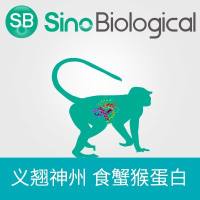Retinal Tissue
互联网
684
Mutations within genes that are specifically expressed within the retina and/or the retinal pigment epithelium (RPE) are associated with the majority of inherited retinal degenerations (1 ). Retinal degenerative disorders are highly heterogeneous, both genetically and phenotypically (2 ). Different mutations within a single gene (such as rhodopsin) can not only result in different modes of inheritance (autosomal dominant as well as recessive) of the same disease (retinitis pigmentosa), but can also result in different retinal disease (congenital stationary night blindness (CSNB) (3). Numerous mutations within the rhodopsin gene and mutations within other genes in the phototransduction pathway have been detected in patients with retinitis pigmentosa (RP), a progressive degenerative disease that leads to death of rod photoreceptors and results in loss of vision. To date, 41 forms of RP, autosomal dominant, recessive, or X-linked, have been mapped, and 21 genes have so far been identified that carry mutations responsible for the disease process (4 ,5 ). Many retinal degenerative diseases are caused by mutations within genes that are involved in the phototransduction pathway or are key structural components of the outer segments of photoreceptors and are thereby expressed exclusively in photoreceptor cells. However, when altered, genes for RPE65, RPE-retinal G protein-coupled receptor (RGR), cellular retinaldehyde-binding protein (CRALBP), and Best macular dystrophy (VMD2), which are expressed in the RPE and not in rod photoreceptors, can also cause similar retinal dysfunction.








